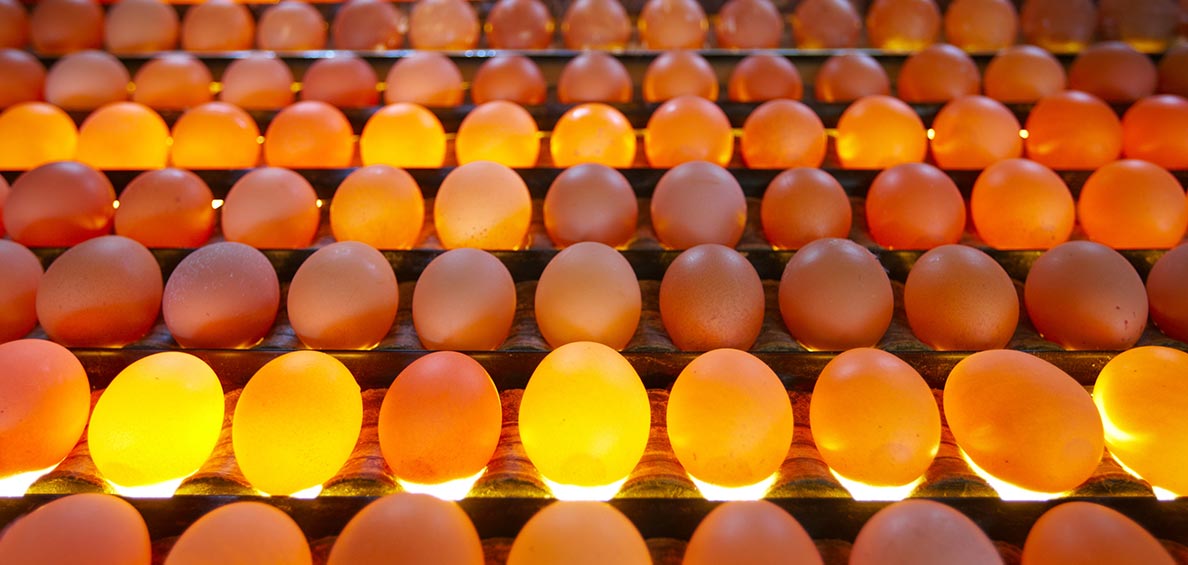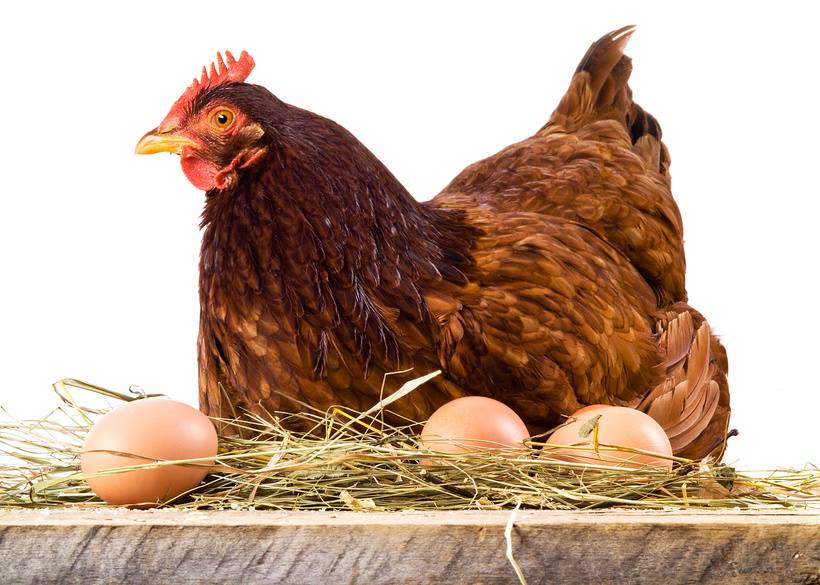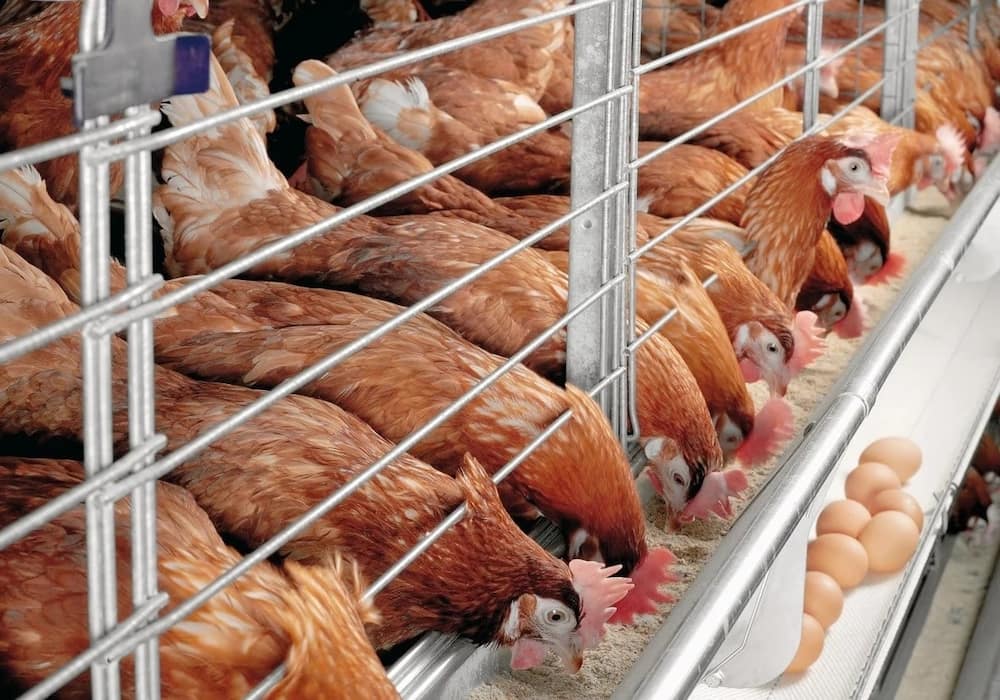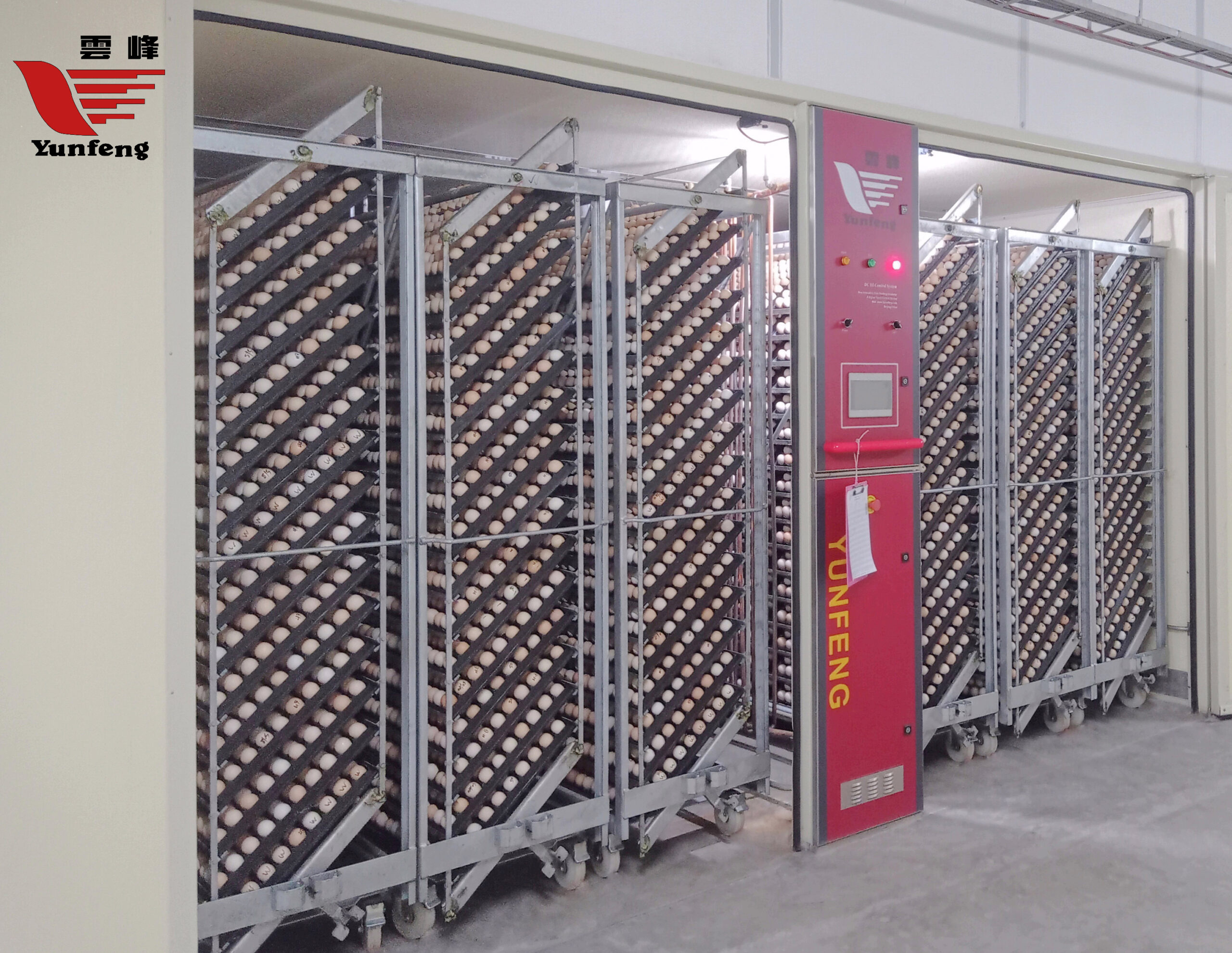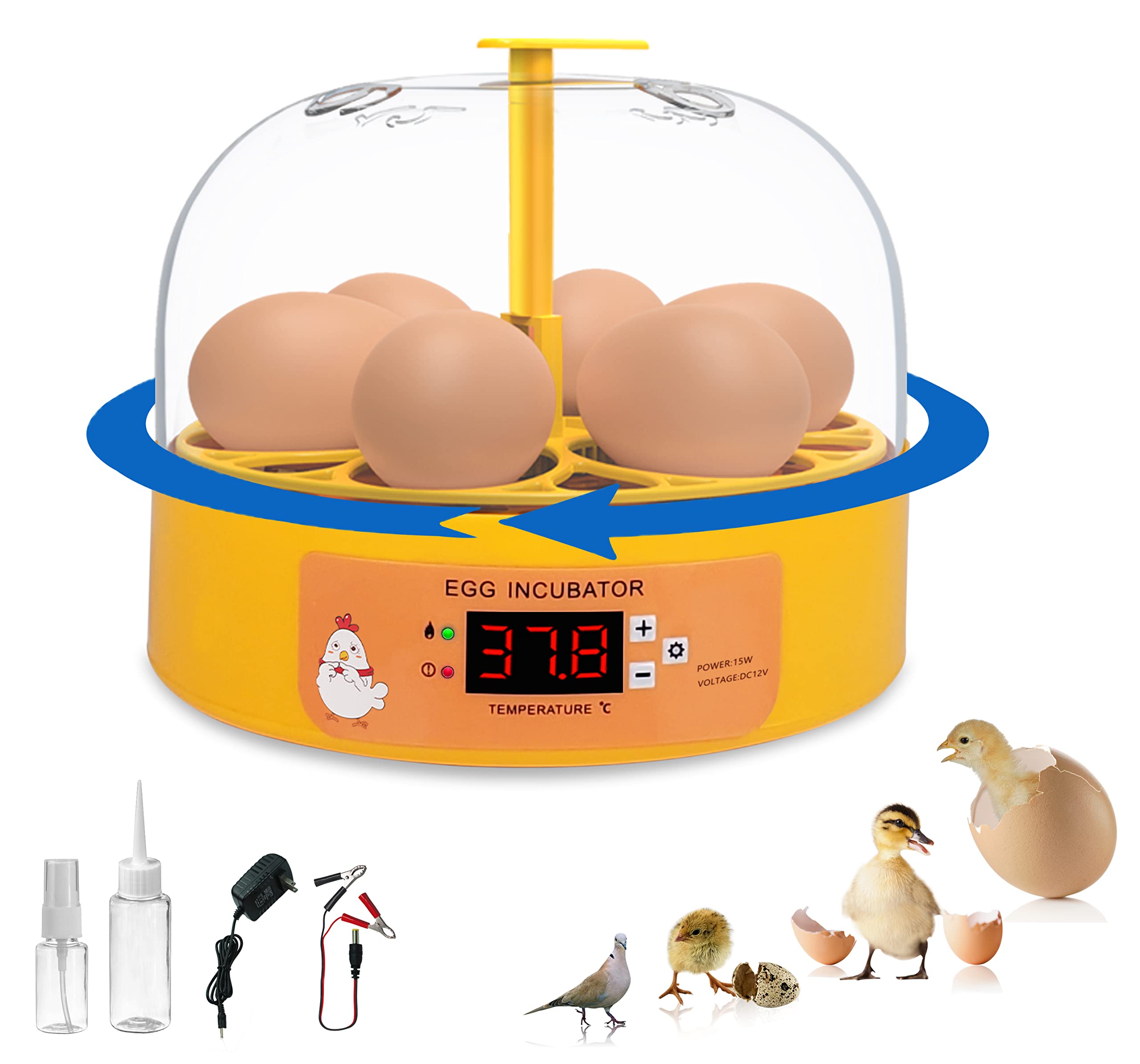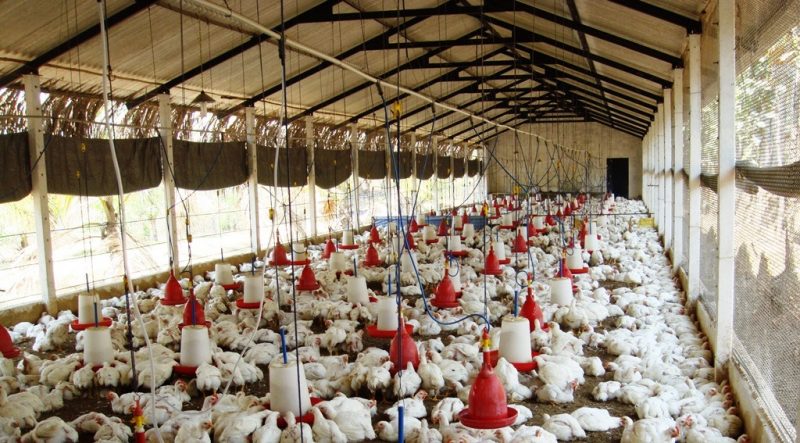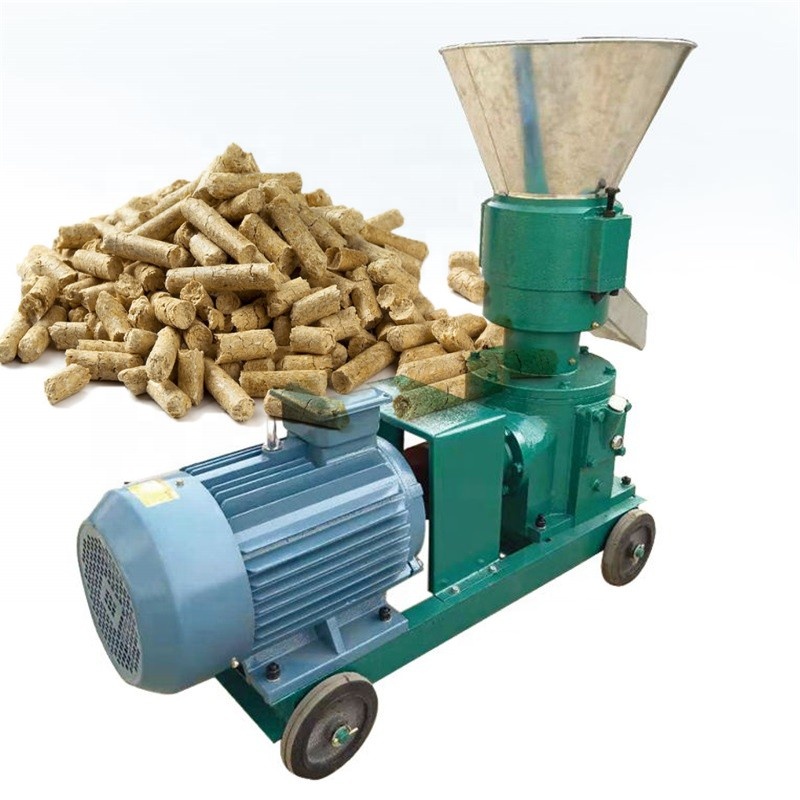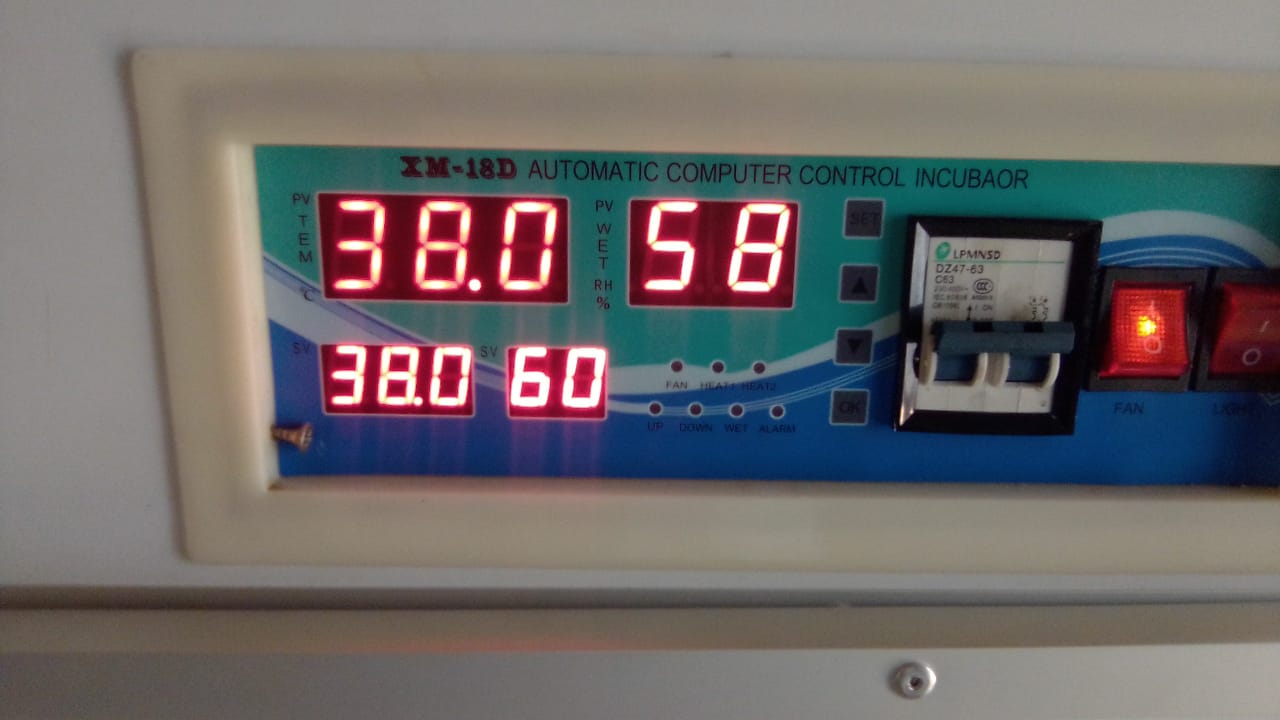Here is a general outline for a chicken hatchery business plan in Kenya:
- Executive Summary: This section should provide an overview of the hatchery business, including its purpose, mission, and goals. It should also provide a brief description of the products and services offered, target market, and competition.
- Market Analysis: In this section, you should conduct market research to determine the size and growth potential of the poultry industry in Kenya, including the demand for hatching eggs and day-old chicks. You should also analyze the competition and identify potential customers.
- Business Description: In this section, you should provide a detailed description of the hatchery business, including its products and services, ownership structure, and management team. You should also include information on the location, size, and facilities of the hatchery.
- Marketing Plan: In this section, you should outline your marketing strategy, including your target market, pricing strategy, distribution channels, and advertising and promotion plan.
- Operations Plan: In this section, you should describe the day-to-day operations of the hatchery, including the processes involved in incubating and hatching eggs, brooding and raising chicks, and selling and delivering products. You should also include information on the equipment and infrastructure required, labor needs, and operating hours.
- Financial Plan: In this section, you should provide a detailed financial analysis of the hatchery business, including projected income statements, balance sheets, and cash flow statements. You should also include a budget for startup costs, operating expenses, and marketing expenses.
- Conclusion: This section should summarize the main points of the business plan and provide a final conclusion on the viability of the hatchery business in Kenya.
Here is a sample chicken hatchery business plan for Kenya:
Executive Summary
Our hatchery business aims to provide high-quality hatching eggs and day-old chicks to the poultry industry in Kenya. Our mission is to improve the quality and productivity of the poultry industry by providing healthy, disease-free birds to farmers and producers. Our goal is to become a leading hatchery in Kenya by providing top-notch products and services and by maintaining strong relationships with our customers.
Market Analysis
The poultry industry in Kenya is rapidly growing, with increasing demand for hatching eggs and day-old chicks. However, there is a lack of reliable and high-quality hatcheries in the market, which provides a significant opportunity for our business. Our target market includes poultry farmers and producers, as well as hatchery owners and feed suppliers. Our competition includes other hatcheries in Kenya, as well as imports from other countries.
Business Description
Our hatchery business will be registered as a limited liability company, with the ownership structure divided among a small group of experienced and passionate individuals. The hatchery will be located in a convenient and accessible location, with a spacious facility to accommodate the incubators, hatchers, brooders, and other necessary equipment. Our management team will be composed of experts in the poultry industry, with extensive experience in hatchery operations and management.
Marketing Plan
Our marketing strategy will focus on building relationships with poultry farmers and producers, as well as hatchery owners and feed suppliers. We will offer competitive pricing for our hatching eggs and day-old chicks, with discounts for bulk purchases. Our products will be distributed through our own hatchery, as well as through partner hatcheries and feed suppliers. We will also advertise and promote our business through trade shows, brochures, and social media.
Operations Plan
Our hatchery operations will include the incubation and hatching of eggs, brooding and raising of chicks, and selling and delivery of products. We will use high-quality equipment and infrastructure, including incubators, hatchers, brooders, and feeders. Our labor needs will include experienced hatchery workers, as well as a sales and marketing team. Our operating hours will be from Monday to Saturday, from 8am to 5pm.
Financial Plan
Our projected income statements, balance sheets, and cash flow statements indicate that the hatchery business is financially viable, with strong potential for growth and profitability. Our startup costs will include the costs of land, building, equipment, and inputs, as well as marketing and advertising expenses. Our operating expenses will include the costs of labor, electricity, feed, and other inputs. Our marketing expenses will include the costs of trade shows, brochures, and social media advertising.
Conclusion
Our chicken hatchery business is well-positioned to succeed in the growing poultry industry in Kenya, with a strong market demand for high-quality hatching eggs and day-old chicks. Our experienced and dedicated management team, coupled with our commitment to providing top-notch products and services, will ensure the success and growth of the business. We believe that our business plan provides a solid foundation for the hatchery and we are confident in its viability and potential for success.

